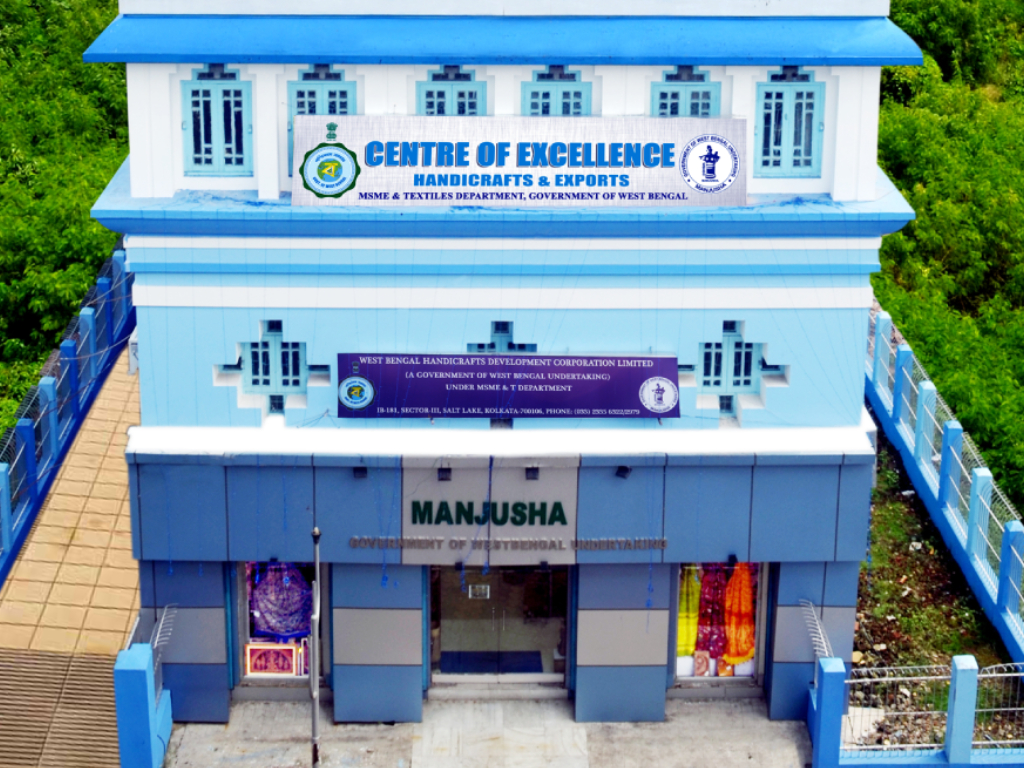Loss-making almost since inception, Manjusha, the commercial platform of the West Bengal Handicrafts Development Corporation Ltd, turned profitable in its 39th year thanks to Amit Datta, an intrepid IAS officer. He shares the journey from loss to profit with #EastIndiaRetail.
By Staff Reporter | October 26, 2022 | 0900 hours

The year was 2015. The mandate given then was to either close down Manjusha or “survive on your own”. Cut to the 2020-21 fiscal. Amit Datta, the managing director at Manjusha under West Bengal Handicrafts Development Corporation Limited & Joint Secretary (Exports) has not only turned around the state government’s loss-making enterprise but also made it profitable with revenues of ₹164 crore.
He recounts: Manjusha was founded in 1976 and “I was given charge of it in 2015. Since 1976 every year there was operational loss and that loss had accumulated to ₹26crore when I joined office. I had been given two mandates — either close it or survive on your own, and that too in the government sector.
The first thing I found in the office was a PWC report of 2009 that suggested that this organisation should be closed down. All the assets should be liquidated to clear off the dues and the staff should be given the golden handshake. In spite of it all, in the year 2014-15 our turnover was near ₹18crore, but accumulated loss was ₹26crore. In the same organisation in the 2020-21 fiscal, the turnover rose from ₹18crore to ₹164crore.
After setting off all the previous losses we could earn ₹10.56crore profit in 2020-21. It was the highest profit earning year after clearing all the previous losses and after taxes. We paid around ₹6crore as income tax.”
A multipronged strategy helped to effect this turnaround. “We worked with the same people of the same institution. We did not hire any management professional, no CA. Manjusha had limited interfaces. We elaborated our markets. We widened the power in marketing areas. There were stores, but the stores were also in a shabby condition. The people were government employees, reluctant to sell, reluctant to show. When you go to a shop and ask to show the material, in return the employees ask in which budget or range the buyers want to see. The buyers won’t go to such a shop next time. We took up that problem. We standardised our showrooms. In 2016-17 we made investments of around ₹2crore and converted the look and feel of our showrooms in a way that no government showroom is.”


